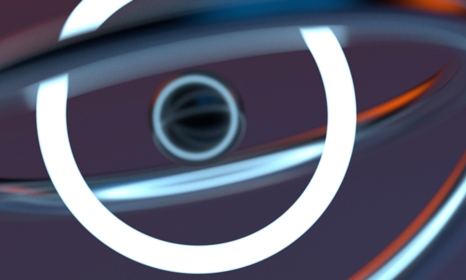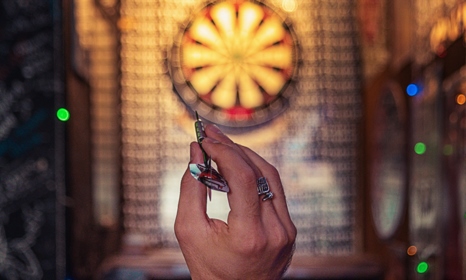
CNIPA guidance on the support of pharmaceutical use patent claims (2023)
Article 26.4 of China’s Patent Law prescribes that “claims shall be supported by the specification and shall define the extent of the patent protection sought for in a clear and concise manner”. This rule is strictly enforced by the China National Intellectual Property Administration (CNIPA) in practice. In assessing whether claims can be supported by the specification, the claims need to define a scope of protection that corresponds to the contribution of the invented technology.
Sept 07 2023

CNIPA deals a heavy blow to AbbVie’s upadacitinib patent portfolio (2023)
On August 10 2023, the China National Intellectual Property Administration (CNIPA) issued two invalidation decisions, No. 561725 (Decision #1) and No. 562232 (Decision #2), in response to invalidity requests filed by the same petitioner against AbbVie’s two core patents related to its blockbuster drug upadacitinib.
Aug 10 2023

How does pharmacological action affect the defence of a pharmaceutical compound patent in China?
In April 2023, the China National Intellectual Property Administration (CNIPA) released the Top Ten Patent Reexamination and Invalidation Cases of 2022. Three of them relate to the pharmaceutical field.
June 22 2023

Creating consistency across civil and invalidity action involving same design patent (2022)
In China, design patent infringement litigation often proceeds in parallel with the counter action - an invalidity proceeding instituted by the defendant challenging the validity of the design patent at issue. Since civil litigation and invalidity proceeding respectively fall within the remit of the judiciary and the China National Intellectual Property Administration (“CNIPA”), it could give rise to the application of inconsistent criteria in the parallel yet closely intertwined proceedings. Where a design patent’s validity is maintained for incorporating certain features that differentiate it from the prior design, if in the meantime, the accused infringing product also has certain distinguishing features from the design patent, could infringement still be established? Below is a live example.
July 27 2022

Fighting against Bad Faith Design Patent Filings in China (2022)
In China, since design patent application does not go through substantive examination, a design filing will proceed to grant, as long as it satisfies the formality request of China National Intellectual Property Administration (“CNIPA”). Although CNIPA has issued on 11th March 2021 the “Measures on Regulating Patent Application Behavior” to address “abnormal patent filing”, bad faith design applications that have been granted patent right prior to the entry-into-force of the Measures will fall through the cracks and left unchecked, unless right holders initiate invalidation action of their own accord. Right holders that did not proactively register design patent for their new product in China could be put on a spot - when right holders are pondering taking legal action against the infringer producing similar products, the copycat design has already been preemptively registered by the infringer. Below are two living examples.
May 25 2022

Canny Patentee Leverages Pre-Suit Mediation Procedure to Settle Design Infringement (2022)
A design infringement suit demonstrates not only why it is worth patentees moving fast to secure evidence but also that, with the right strategy, it is possible for foreign patentees to protect their design patents in China quickly and efficiently.
May 11 2022

China Supreme Court Sanctions Obstruction of Litigation (2021)
Even though the defendant successfully convinces the appellate court that the technical features of the alleged infringing equipment does not fall into the protection scope of the plaintiff’s patent, which leads to the repeal of the first-instance judgment, it is still sanctioned for its act of obstruction of litigation during the proceeding.
June 11 2021

Factoring In Design Space In Ascertaining Similarity Of Designs (2020)
Article 23 of China’s Patent Law provides that a design for which a patent is granted shall significantly differ from prior design. The provision bars any design substantially similar to prior design from being patented. The similarity between a design patent and a prior design is ascertained from the perspective of ordinary consumer in respect of the specific category of product incorporating the design patent.
May 11 2020

Technical problem actually solved in assessment of inventiveness should be properly generalized
On September 27, 2019, the Intellectual Property Court of the Supreme People’s Court (“SPC IP Court”) renders a judgment (2019) Zui Gao Fa Zhi Xing Zhong No. 32, confirming the validity of a utility model (UM) patent, ZL201520439003.5, titled “Photovoltaic module and automatic cleaning device thereof”. This case is selected as one of the 36 exemplary cases concluded by the SPC IP Court in 2019 for its significance in clarifying the rule on how to determine a technical problem actually solved in assessment of inventiveness.
Sept 27 2019



